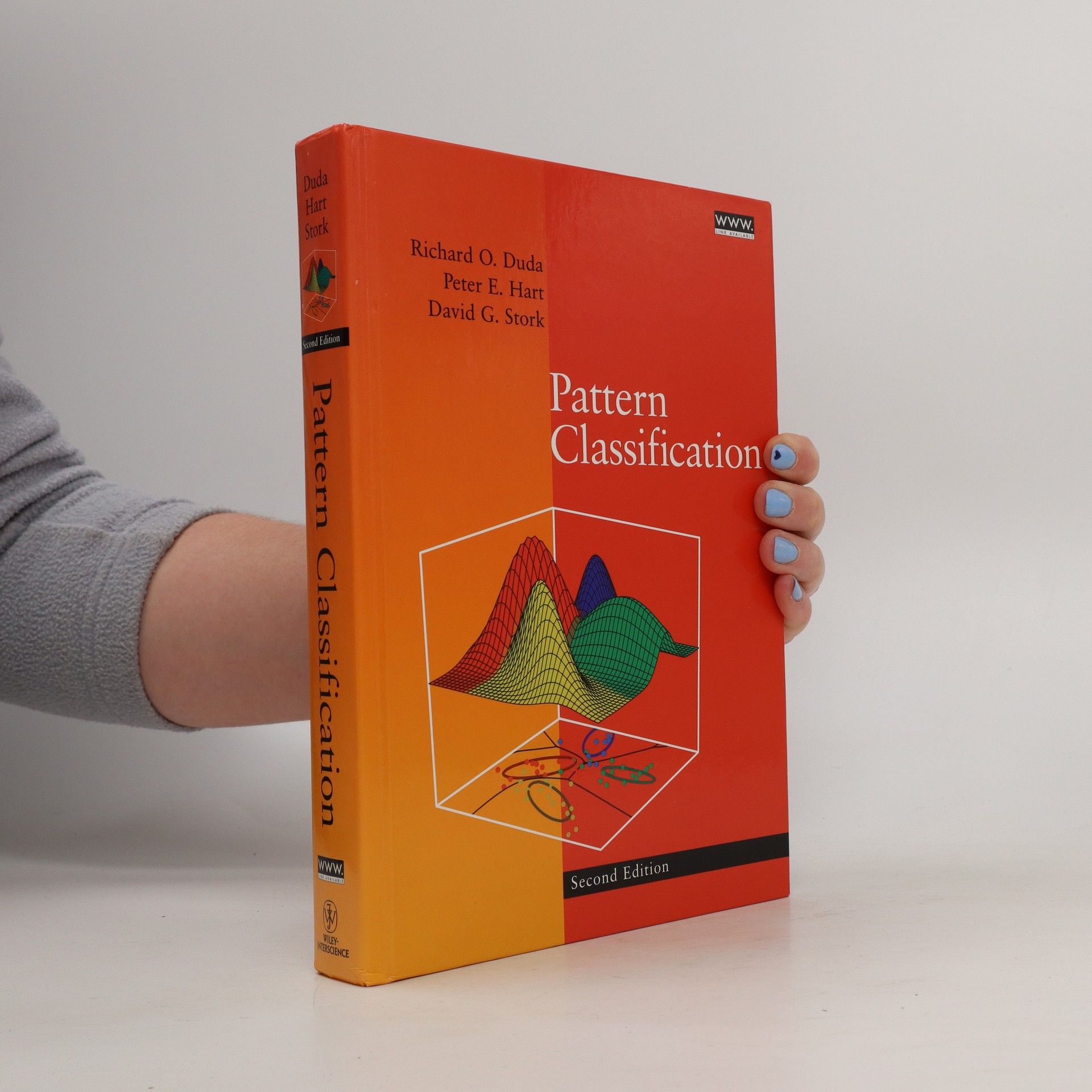Speechreading by humans and machines
- 686pages
- 25 heures de lecture
This book stems from the NATO Advanced Studies Institute Workshop, "Speechreading by Man and Machine," held in France from August 28 to September 8, 1995. It was the first interdisciplinary meeting focused on speechreading, or "lipreading." Forty-five attendees from twelve countries explored a wide range of speechreading research, including brain scans of human processing of bi-modal stimuli, psychophysical experiments, comprehension statistics among normal and deaf communities, models of human perception, and advancements in computer vision and learning algorithms for automated speechreading machines. The workshop was organized into two weeks: the first dedicated to human speechreading and the second to machine speechreading. Participants faced challenges in reconciling terminology across diverse fields such as neurophysiology, audiology, psychology, electrical engineering, mathematics, and computer science, leading to engaging discussions. The atmosphere was one of excitement and optimism for a field that is both intriguing and potentially lucrative. Two key takeaways emerged: the complex and varied ways humans utilize visual cues for speech recognition, influenced by factors such as the talker-perceiver relationship, severity and age of hearing loss, and contextual noise levels.

